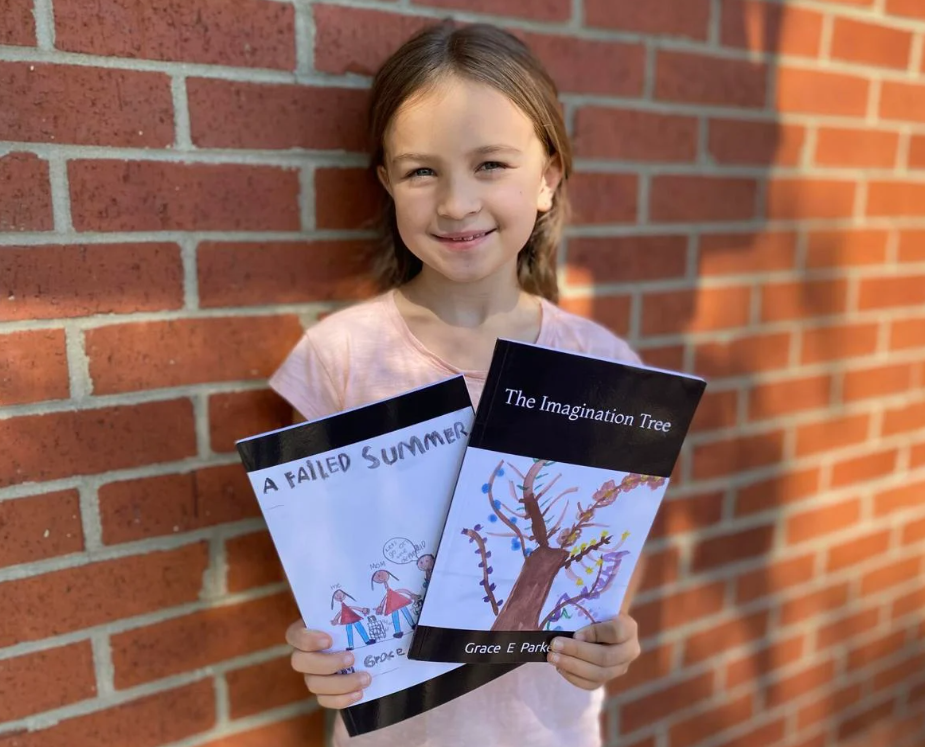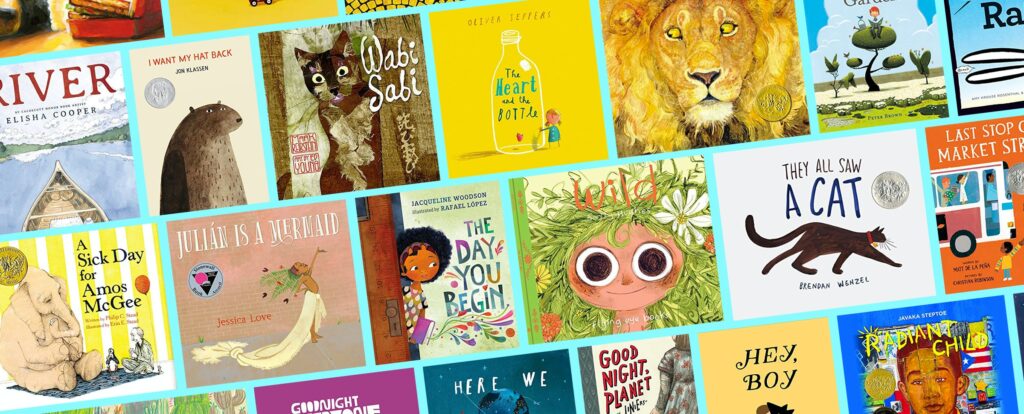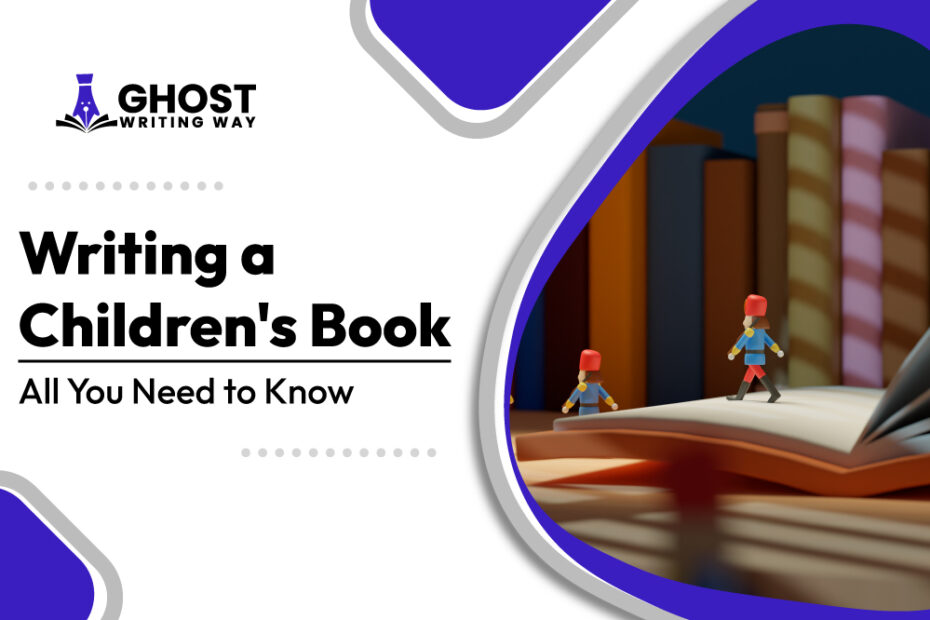Introduction:
We specialize in children’s Book content creation services, bringing imaginations to life through engaging storytelling. Our top priority is to create narratives that resonate with young readers. We enjoy writing a children’s book that appeals to children’s curious minds and imaginations. Our team assists authors in realizing their vision and making a long-term impact on young audiences.
Our agency has a talented team of ghost book writers specializing in storytelling, child psychology, and creating engaging narratives. They can help bring your vision to life and captivating readers with their expertise. Whether you have a concept or need assistance developing ideas our writers are here to enchant and inspire young readers around the world with their stories.
We specialize in ebook writing to reach a larger audience via digital platforms. In today’s digital age, ebooks provide a versatile platform for authors of all ages to share their stories. Our services help authors explore this dynamic format by guiding them from concept to publication. We create immersive digital experiences that appeal to tech-savvy readers, leaving a lasting impression in the digital realm.
How to Start Writing a Children’s Book:
We support writing a children’s book authors on their journey by guiding them initial steps and considerations for success. By understanding your vision, goals, and target audience, we offer personalized consultations to refine ideas and develop a clear story. Our team provides valuable insights and advice on crafting compelling narratives that resonate with young readers ensuring your book has a meaningful impact.
We offer support to help you find inspiration for your creative process, timeless themes, and imaginative worlds. Our ideally designed strategies, creative sessions, and exercises will equip you with tools to unlock creativity and bring your ideas to life. With our guidance you will start on your book writing journey feeling inspired, motivated, and ready to captivate hearts and minds.
Children’s Book Ideas:

- Dedicated service provider for aspiring children’s book authors.
- Focus on generating engaging and unique story ideas.
- Specialize in creative strategies tailored to client needs.
- Commitment to helping authors uncover perfect story ideas.
- Offer innovative techniques and prompts to spark creativity.
- Examples and prompts tailored to interests and genre preferences.
- Character development exercises and plot brainstorming sessions.
- Support to discover story idea that resonates with young readers.
- Setting authors on the path to writing a children’s book.
How to Write a Children’s Book:

Children’s stories focus on character development to engage young readers. Creating memorable characters from quirky protagonists to lovable sidekicks.
Experts ensure characters come to life on the page and resonate with audiences, captivating young minds with essential elements.
We assist in developing engaging children’s stories, focusing on plot structure including story arc, pacing, and conflict resolution.
Our expertise aids in crafting adventures or friendship tales that keep young readers invested, building tension and suspense for impactful resolutions.
We help improve writing a children’s book styles with vivid descriptions, blending simplicity and sophistication to create captivating stories that inspire and entertain young audiences for years.
Children’s Book Format:

Format and Components of Children’s Books
Title Page: The introductory page featuring the title, name of the writer, and often the illustrator’s name.
Copyright Page: It contains copyright information, publication details, and sometimes legal disclaimers.
Dedication Page: Optionally included to dedicate the book to a person or group.
Table of Contents: Present in longer books to provide an overview of chapters or sections.
Optimizing Page Layout and Illustration Placement
Font Selection: Select child-friendly fonts that are easy to read and attractive.
Text formatting: Ensure that the font size, line spacing, and margins are all optimized for reading.
Illustration Integration: Ensure that illustrations complement the text and add to the tale.
Strategic Placement: Place illustrations strategically to maintain flow and engagement.
Creating Visually Stunning and Engaging Books
Color Palette: Select vibrant colors that capture attention and evoke emotions.
Image Quality: Use high-resolution illustrations to maintain clarity and detail.
Layout Design: Create visually dynamic layouts that enhance the reading experience.
Engaging Cover: Design an enticing cover that entices readers and reflects the book’s content.
Steps to Writing a Children’s Book

Step-by-Step Guide for Aspiring Children’s Book Authors
Brainstorming and Ideation
Define Your Purpose: Decide on the book’s message or theme.
Identify Your Audience: Understanding the age group and interests to target readers.
Generate Ideas: Use mind maps, free book writing ideas, and prompts to generate a story.
Refine Concepts: Narrow down your ideas to select the most promising ones for further development.
Outlining and Planning
Develop Characters: Developed characters bring the story to life.
Craft the Plot: Summarize the story with a clear beginning, middle, and end events and conflicts.
Consider Structure: Choose the optimal narrative structure for storytelling success.
Writing the Draft
Start Writing: Start writing a children’s book, paying close attention to the main points you want to convey.
Embrace Creativity: Don’t stress about being perfect when you write a book just be free.
Maintain Momentum: Make time just for writing a book, and try to write every day.
Revision and Editing
Review Your Draft: Examine your work critically and highlight any places that need work.
Seek Feedback: Share your outline with trusted friends, family, or writing groups to get honest advice.
Revise Content: Make the necessary changes to improve the language and character development in the story.
Edit for Clarity: Pay attention to word choice, grammar, and punctuation as you proofread and refine your writing.
Finalization and Publication
Finalize Illustrations: Choose images that enhance your narrative or collaborate with an illustrator.
Formatting and Layout: Format your document by publishing rules taking into account page layout and design.
Choose Publishing Route: Depending on your objectives and tastes. Choose between self-publishing and traditional publishing.
Prepare for Launch: Create a marketing strategy and promotional materials to create excitement about your book.
Launch and Promotion
Release Your Book: Launch your book through local events, retailers, or internet channels.
Engage Your Audience: Establish a connection with readers via school visits, author events, and social media.
Request Reviews: To increase awareness, ask readers to post reviews on the book writing website.
Stay Persistent: To reach new audiences and increase the effect of your book, keep promoting it over time.
Children’s Book Publishing Trends:

- Greater diversity and inclusion in children’s literature, with stories featuring protagonists from diverse backgrounds.
- “Own Voices” amplifies marginalized authors’ stories evolving emerging genres like graphic novels and social issue books.
- Evolving genres and themes, including the popularity of graphic novels and books addressing social issues.
- Transformation of children’s engagement with books through digital publishing and multimedia elements.
- Emphasis on sustainability and eco-friendly practices in publishing.
- Collaborations leading to innovative storytelling approaches and cross-media franchises.
- Demand for educational content in writing a children’s book, incorporating STEM concepts and promoting critical thinking skills.
How to Publish a Children’s Book:

Writers writing a children’s book can choose from several publishing options:
Traditional Publishing: Send your work to smaller independent presses or major publishing corporations.
Literary Agents: Many traditional publishers require submissions from agents. Who negotiate contracts and represent authors.
Self-Publishing: Print-on-demand and e-book platforms offer flexibility and affordability.
Hybrid Publishing: The hybrid publishing model merges traditional and self-publishing and offers paid services.
Tips for navigating the publishing process include:
- Research the market and potential agents/publishers.
- Polish manuscripts and seek feedback before submission.
- Craft compelling query letters for agents.
- Follow submission guidelines meticulously.
- Network at events to build relationships in the industry.
- Be patient and persistent in the face of rejection and setbacks.




